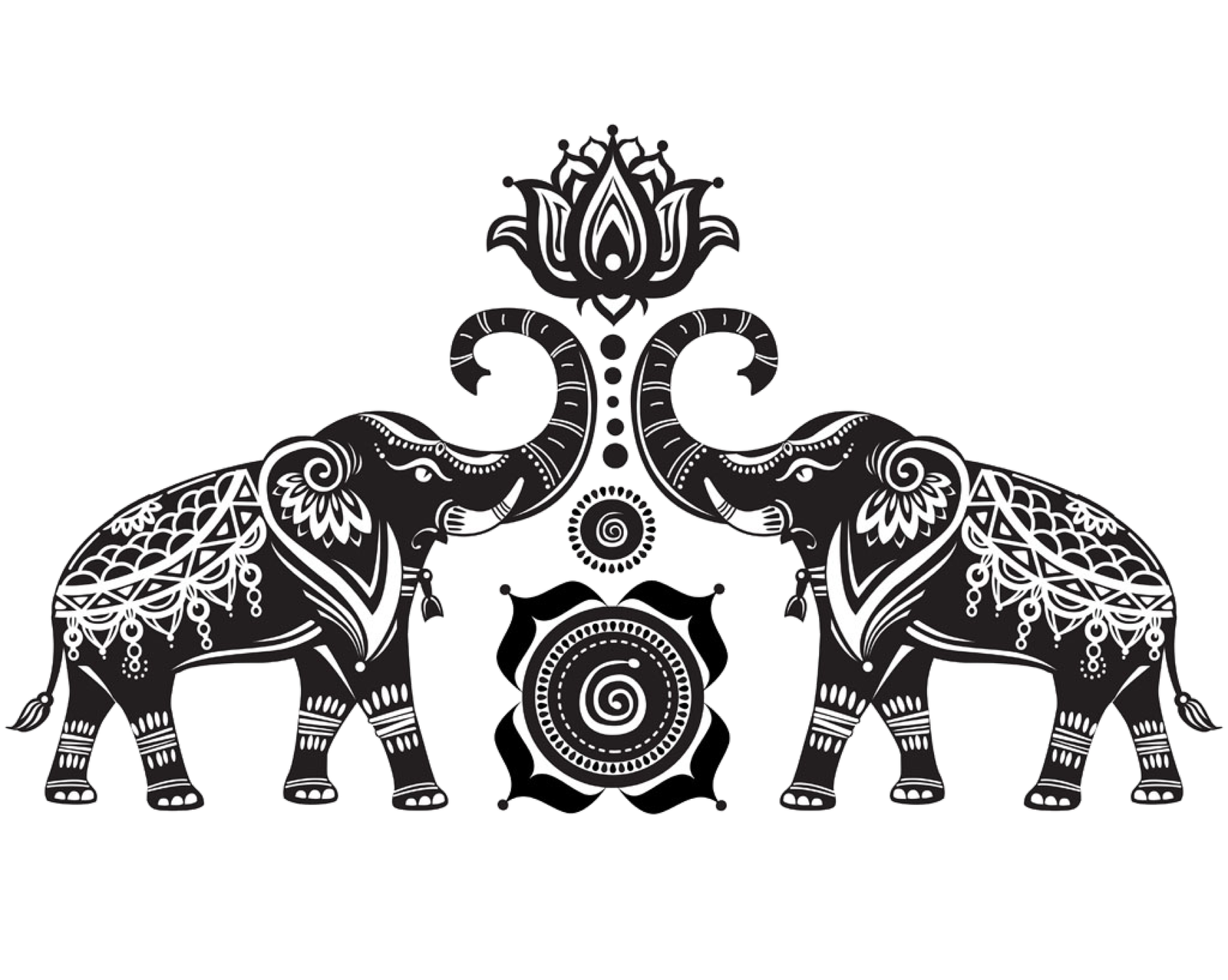Scientists have identified a potential link between genetic mutation and epignetic watches, shedding new lights on the mechanism behind biological aging. This discovery may again come out how aging is understood and measured. The study suggests that DNA mutations accumulating over time can directly affect epigenetic changes, which are often used to estimate biological age. Researchers have examined these connections in detail, to determine whether these processes run aging or only reflect it. Conclusions suggest that there is a deep connection between these genetic changes, which may be important implications for longevity research.
Genetic and epigenetic changes in aging
according to a Study On January 13, a correlation has been observed between random genetic mutation and epigenetic modifications published in Nature Azing that contribute to biological aging. DNA mutations, which arise from cell replication errors, environmental factors and gradual decline of repair mechanisms, have long been associated with age -related diseases such as cancer and neurodizonation. However, these mutations do not fully explain the aging alone.
Epignetic changes, which regulate gene activity without changing the DNA sequence, have been widely studied using “epigenetic watches”. These watches track specific DNA markers to estimate biological age. The study suggests that mutation affects these markers, and in turn, epigenetic modifications can affect mutation patterns. This bidleen relationship has raised new questions about whether the epigenetic change process has only symptoms of aging or active participants.
Scientific approach to conclusions
Dr. Steven Coming, Executive Director of San Francisco Coordination Center, at the University of California, San Francisco. Stated To live science, that a strong relationship between DNA mutations and epigenetic markers was identified. According to him, the study indicates that mutation on specific DNA sites resulted in separate epigenetic changes, leading to a cascading effect in the genome.
Professor Train Idekar at the University of California, San Diego stated that a significant loss of DNA methystation was observed at mutated sites, while the surrounding areas increased methystation. This wave effect enhances thousands of base pairs beyond the original mutation, although the exact mechanism remains unclear. He emphasized the need for further research to determine whether the mutation triggers or vice versa.
Implication for old age research
The findings of the study suggest that genetic and epic changes may be affected by an underlying process that remains unknown. Dr. Coming proposed that DNA mutations may be primary drivers of aging, while epigenetic changes can reflect this process rather than cause. If confirmed, it will present an important challenge for anti-aging research, as the mutation reversed is much more complicated than modifying the epigenetic markers.
Experts have reported that additional studies are required to validate these findings, especially in non-cancer tissues. The data used in the study was mainly obtained from cancer patients, making it necessary to check whether the same patterns exist in healthy individuals. Over time, longitudinal studies that monitor genetic and epigenetic changes can provide a clear picture of their relationships for aging.
Further investigation may include laboratory experiments where specific mutations in cells are motivated to observe later epichetic modifications. These insight can help refine the use of epigenetic watches and create a greater widespread understanding of aging at the molecular level.



